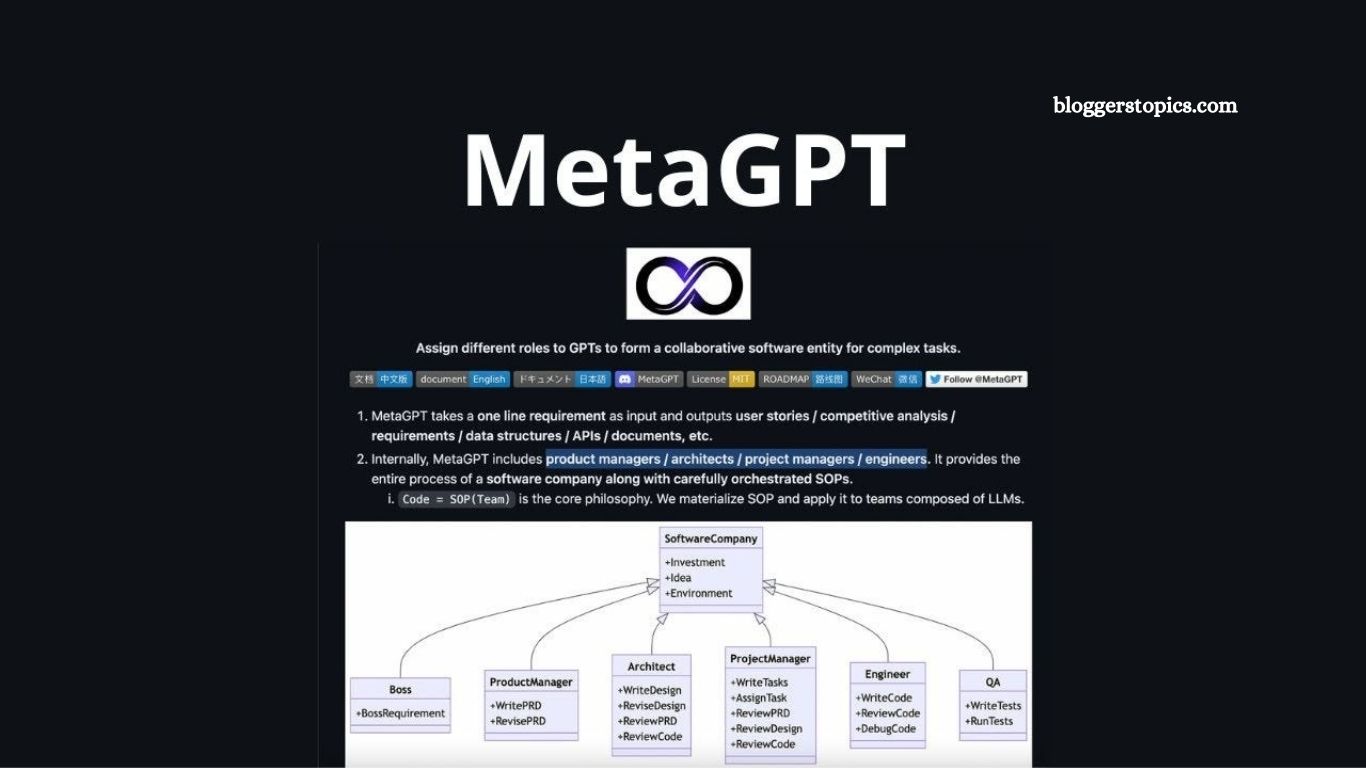Picture walking through the familiar halls of your old high school. The trophy case, once filled with aging plaques and faded ribbons, still stands—but now it’s flanked by a sleek digital display showcasing recent achievements in vibrant images, video highlights, and live updates. This blend of old and new signals a shift in how we honor success.
Today, institutions are discovering that recognition is most powerful when it unites the tangible pride of traditional awards with the engaging, real-time impact of digital platforms. It’s not about replacing legacy with innovation it’s about enhancing it. By bridging generations of achievement, this fusion celebrates history while embracing the future, creating a more meaningful and lasting experience for students, alumni, and communities alike.
Read More: Hip Resurfacing vs Hip Replacement – How Do They Differ?
The Enduring Power of Physical Recognition
There’s something undeniably powerful about holding a trophy, medal, or plaque in your hands. The weight, texture, and way light plays off an engraved surface evoke a sensory experience that digital recognition simply can’t replicate. These physical tokens carry emotional resonance—transforming an abstract achievement into something tangible, lasting, and deeply personal.
When students accept academic awards or athletes hoist championship trophies, they participate in a time-honored ritual that spans generations and cultures. These items are more than just objects; they are symbols of dedication, resilience, and success. Whether it’s a simple participation ribbon or an ornate championship cup, traditional awards serve as lasting reminders of effort rewarded. They inspire, spark conversation, and connect recipients to a broader legacy of excellence.
The Recognition Revolution in Digital
While traditional awards create powerful, tangible moments of achievement, digital recognition platforms offer a new dimension of value—one that expands the scope, reach, and longevity of acknowledgment. These modern systems can capture not just the moment of success, but the journey leading up to it, including milestones, context, and impact.
With digital tools, institutions can instantly share accomplishments with global audiences, build searchable archives of achievements, and provide real-time updates on a recipient’s continued progress. A digital award can feature video testimonials, performance metrics, and rich media galleries—extending the visibility and resonance of the recognition far beyond what a physical trophy can deliver.
Digital recognition also solves practical challenges. While physical trophies can be lost or damaged, digital records are permanent, easily accessible, and effortlessly shared. They integrate seamlessly into professional portfolios and social media—crucial for younger generations who value visibility and shareability.
Moreover, digital platforms allow for more frequent and inclusive recognition. Not every achievement fits into the mold of a formal ceremony, but many still deserve to be acknowledged. From collaborative efforts to behind-the-scenes contributions, digital systems can spotlight the full spectrum of success in real time, creating a more dynamic and responsive culture of recognition.
Overcoming the Generational Gap
One of the most compelling strengths of modern recognition programs is their ability to bridge generational preferences. While younger recipients often gravitate toward digital accolades they can share instantly on platforms like LinkedIn or Instagram, older generations tend to value the tradition, formality, and permanence of physical awards. The most effective recognition strategies don’t choose between the two—they embrace both.
Consider how a forward-thinking university might approach this balance. It preserves the cherished graduation ceremony, complete with caps, gowns, and printed diplomas, while also offering students personalized digital portfolios that chronicle academic achievements, extracurricular involvement, and accolades. This dual approach honors the expectations of proud family members who want to display a framed certificate, while also supporting students eager to showcase their success in an online, professional space.
Different accomplishments may call for different types of recognition. Ongoing academic performance might be best acknowledged through cumulative digital badges, while a major athletic victory could warrant both a traditional trophy and a digital highlight reel. By tailoring recognition methods to both the nature of the achievement and the audience, institutions can ensure that every milestone is celebrated meaningfully—across generations.
New Approaches to Preservation and Display
Perhaps the most compelling example of tradition meeting innovation lies in how institutions are reimagining the way achievements are preserved and displayed. Gone are the days when a static trophy case told the full story. Today, hybrid recognition displays—combining physical awards with interactive digital elements are redefining what it means to honor excellence.
Digital Hall of Fame installations and smart trophy cases now feature embedded screens that showcase videos, performance stats, personal stories, and historical context alongside rotating physical awards. These modern displays not only elevate the visual appeal of recognition areas but also provide a richer, more engaging experience for viewers.
By layering multimedia content over traditional displays, institutions can celebrate achievements in ways that were previously impossible. Visitors can watch game-winning highlights, hear first-person reflections, or explore archives with a simple tap or swipe. At the same time, the enduring presence of physical trophies preserves the sense of legacy and authenticity.
Beyond aesthetics, these digital enhancements also serve a practical purpose: they ensure records are preserved, searchable, and easily updated—safeguarding history while keeping it accessible to future generations.
Considering the Future
Looking ahead, the future of recognition lies not in choosing between traditional and digital methods, but in combining them in increasingly meaningful and innovative ways. Emerging technologies like blockchain promise to create secure, verifiable, and permanent records of achievement, while immersive tools like virtual and augmented reality could soon allow individuals to relive their accomplishments in dynamic, experiential formats.
But no matter how advanced the tools become, the essence of recognition remains deeply human. The organizations that will thrive are those that understand recognition is ultimately about motivation, belonging, and connection. Whether through a handcrafted trophy passed down through generations or a cutting-edge digital platform shared instantly with the world, the most impactful programs are those that celebrate achievement in ways that inspire continued excellence.
Frequently Asked Questions
Why combine physical and digital recognition instead of choosing one?
Combining both allows institutions to honor tradition while embracing innovation. Physical awards offer emotional and symbolic value, while digital recognition extends reach, adds context, and creates lasting, shareable records.
What are hybrid recognition displays?
Hybrid displays integrate traditional trophies or plaques with digital screens that showcase videos, stats, and historical information. They enhance engagement and storytelling while preserving the visual impact of physical awards.
Is digital recognition as meaningful as a physical award?
Digital recognition can be equally meaningful when thoughtfully designed. Videos, testimonials, and personalized content can amplify the emotional experience, especially when paired with tangible tokens of achievement.
How can digital recognition be preserved long-term?
Emerging technologies like blockchain can secure and verify records permanently. Cloud storage and database systems also ensure that achievements are safely archived and easily accessible over time.
How do different generations respond to recognition formats?
Younger generations often prefer digital recognition they can share online, while older generations tend to value traditional formats. A hybrid approach satisfies both preferences and creates a more inclusive recognition culture.
Can smaller institutions afford digital recognition systems?
Yes. Many scalable solutions are available, from basic slideshow displays to comprehensive recognition platforms. Starting small with digital integration—such as embedding QR codes or simple video displays—can still have a strong impact.
What kinds of achievements are best suited to digital recognition?
Digital formats are ideal for recognizing frequent, team-based, or evolving accomplishments. Academic progress, club involvement, collaborative projects, and ongoing leadership can all be highlighted dynamically online.
Conclusion
Recognition is evolving—and with it, the ways we honor achievement are becoming more dynamic, inclusive, and impactful. By thoughtfully blending the enduring value of physical awards with the versatility and reach of digital platforms, institutions can create recognition experiences that resonate across generations.







